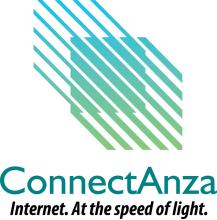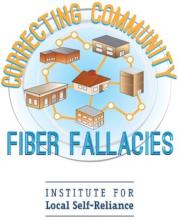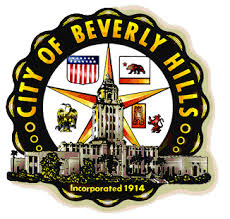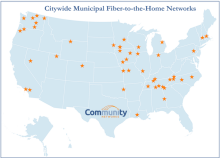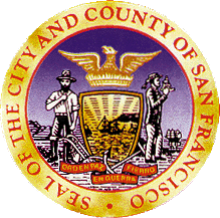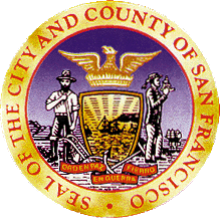Anza Electric Cooperative: High-Speed Internet Service in Southern California
Just south of Mount San Jacinto in southern California, several small communities hope for better Internet access. The local cooperative has submitted a plan to build a next generation network fiber network further into Riverside County.
Anza Electric Cooperative wants to expand its Fiber-to-the-Home (FTTH) network through another 200 square miles of its service territory. This $3.7 million project should connect another 1,200 residents to the growing network.
New Project Proposed by Anza Electric
Currently, Anza Electric is drumming up funding for the proposed project. The co-op already has about $1.5 million to put toward the venture and is now requesting a $2.2 million grant from the state.
This network, called Connect Anza, will bring high-speed Internet service to several small, rural communities in Riverside County: Pinyon Pines, Garner Valley, and Mountain Center. High-speed Internet service of 50 Megabits per second (Mbps) will be $49 per month; service is symmetrical so upload and download speeds are the same. Residents will also be able to get phone service from the co-op for another $20 per month. Local fire stations and the Ronald McDonald camp for children with cancer will receive free Internet access through this project.
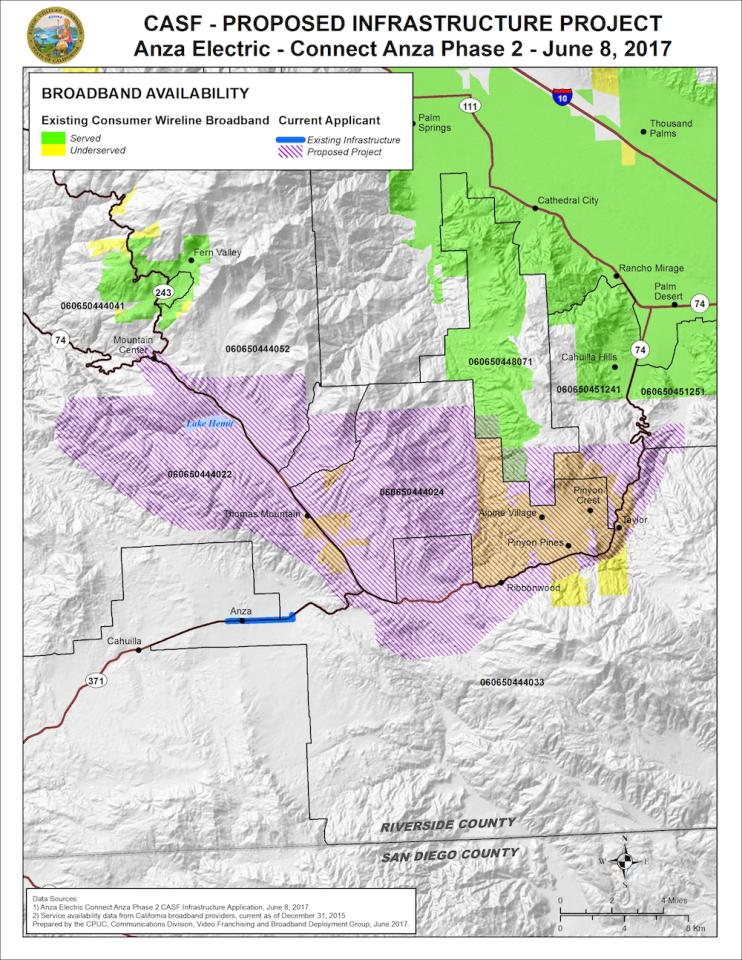
Anza Electric Built a Network
The deployment continues Anza Electric’s previous project to connect more than 3,000 underserved households around Anza, California. The previous project was pushed forward by the overwhelming support of the electric cooperative’s member-owners, residents who receive electric service from the co-op.


